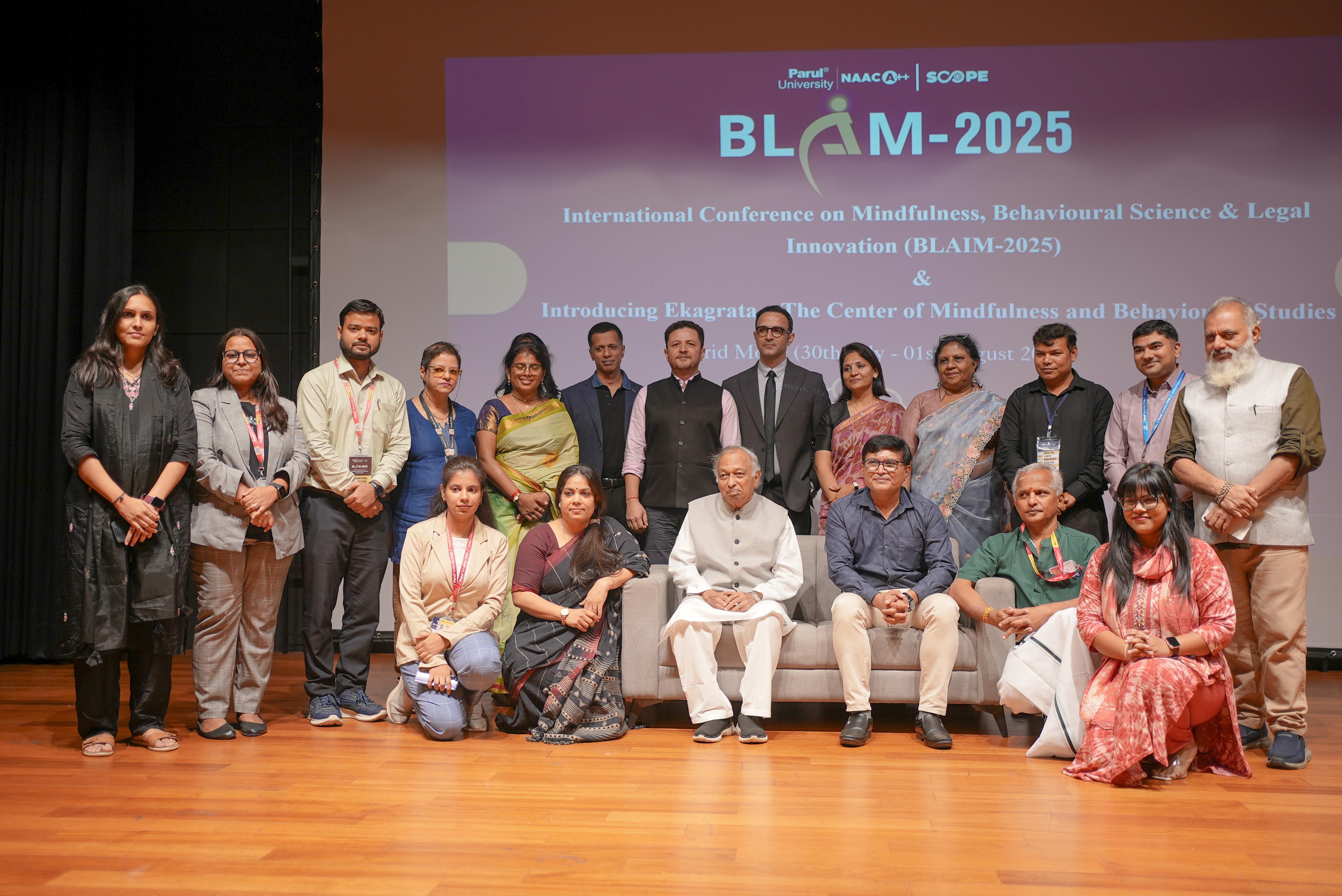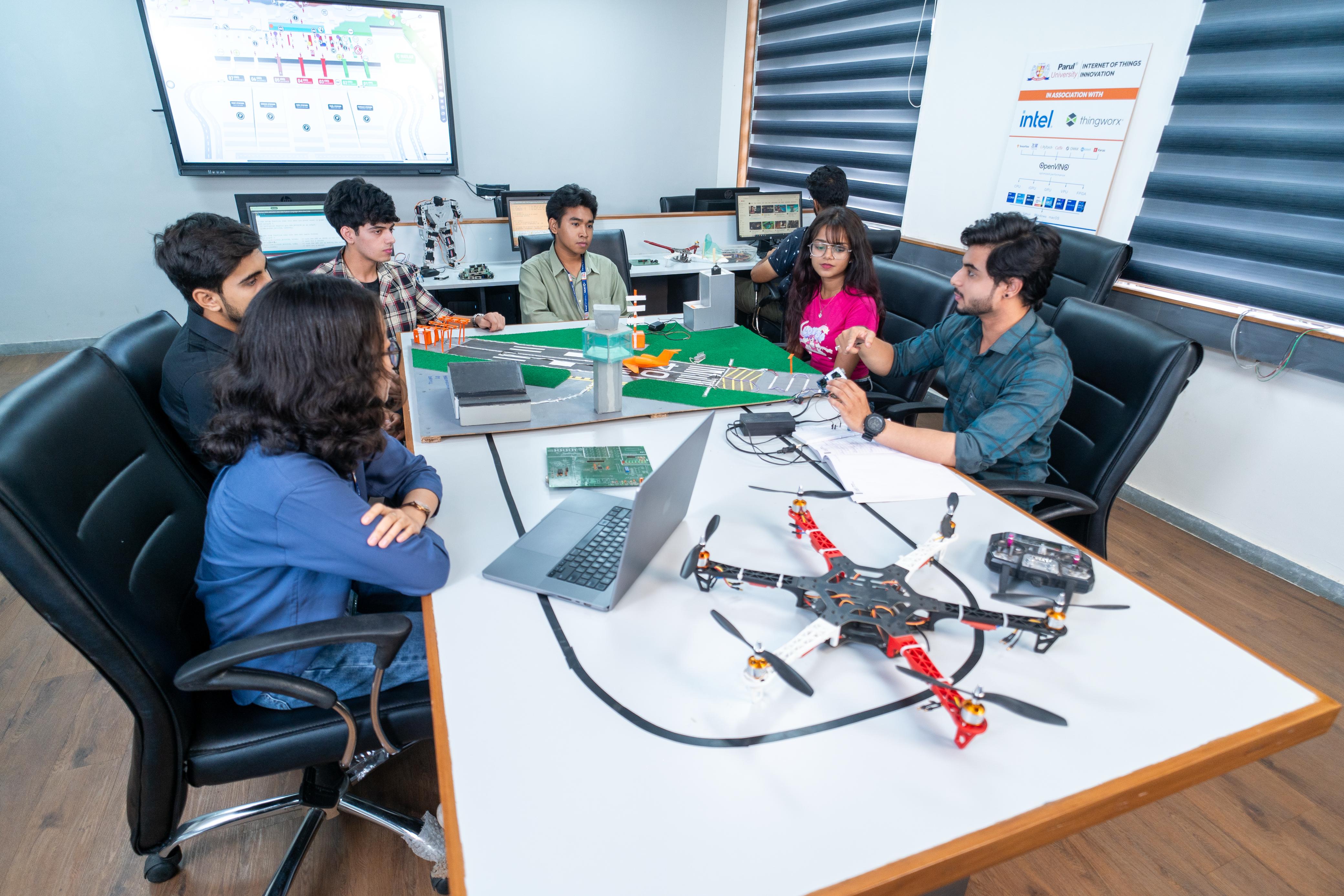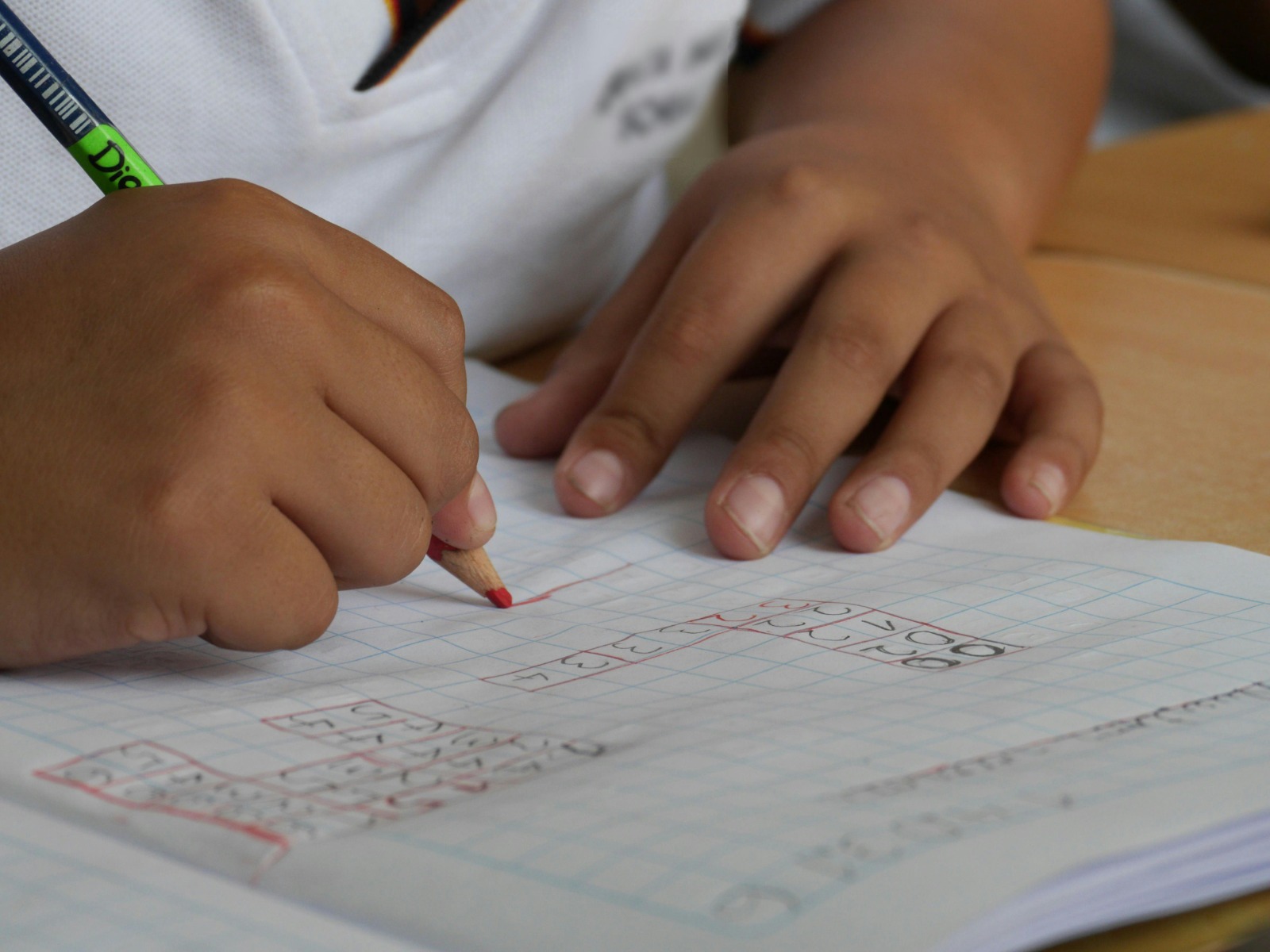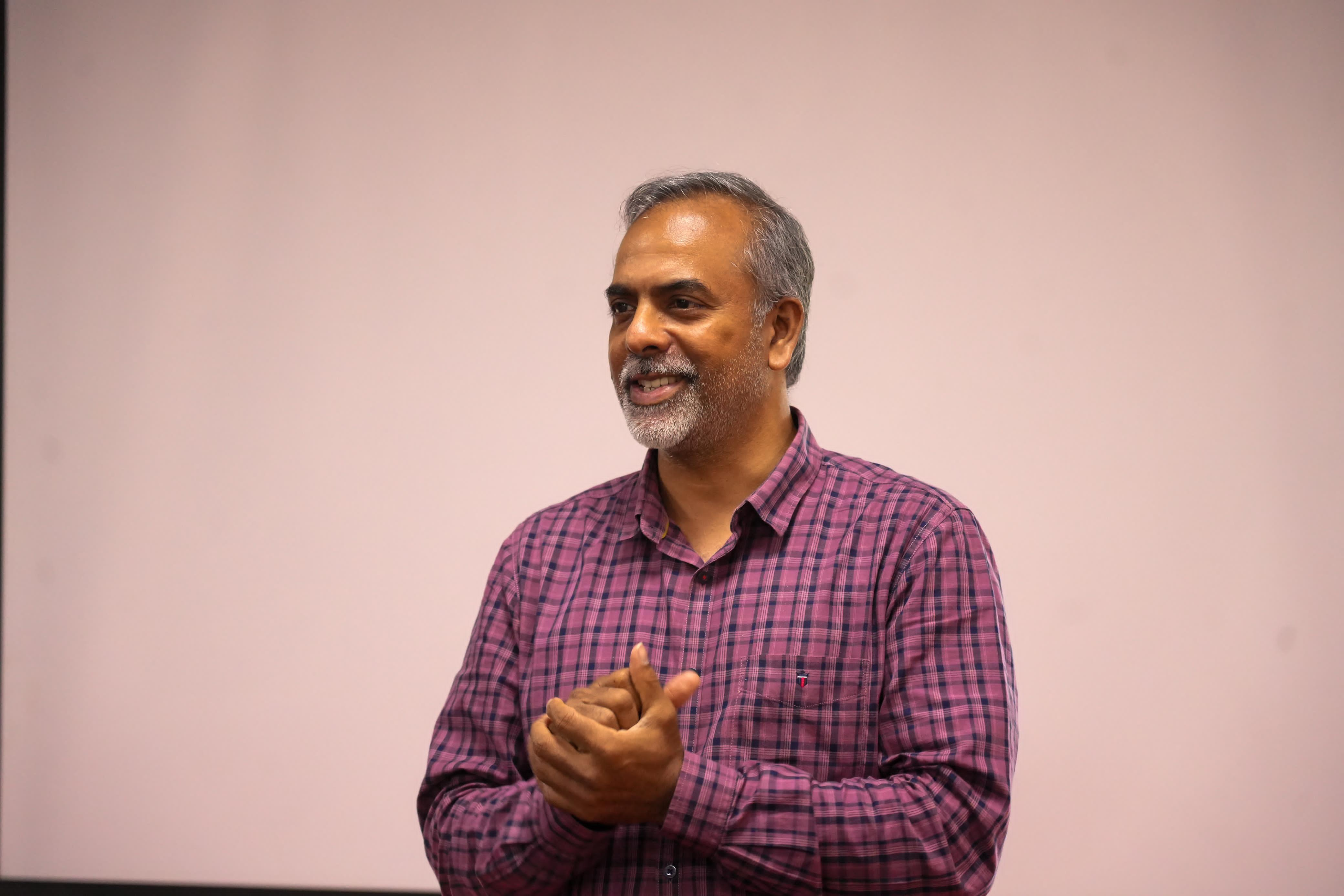When the India you thought you knew was assembled from films, yoga retreats, and documentaries suddenly becomes far more nuanced the moment you step into an actual Indian classroom and realize how the references were limited!
"The single story creates stereotypes, and the problem with stereotypes is not that they are untrue, but that they are incomplete."
– Chimamanda Ngozi Adichie
This July, Parul University hosted students from the University of Salamanca, Spain, for its annual Indian Summer School, a two-week academic and cultural immersion designed to move beyond textbook narratives and into authentic, on-the-ground learning.
The idea behind the Indian Summer School is simple but urgent: exposure to complexity. In an age of digital algorithms attempting to shape cultural & demographical understanding, it’s a celebrated opportunity for students to engage with other worlds in ways that are tactile, direct, and personal. The Indian Summer School program is built on these pillars: pairing classroom instruction with authentic experiences, helping participants to engage with India as a context and not merely a concept.
This program was a collaboration between the Faculty of Arts, the Faculty of Management, and the Centre for International Relations and Research (CIRR) at Parul University. Coming together and curating an experience that encouraged critical dialogues, cultural introspection, and academic exchange, bringing together an intersection of disciplines and worldviews.
The goal of the program was not simply to introduce Indian culture but to open the floor for questioning, comparison, and discovery. In a time when cultural understanding is often reduced to aesthetic appreciation through digital algorithmic narratives, the Indian Summer School strived to offer a more layered experience. Students were invited to look extensively.
Real learning often happens outside the classroom, in local markets, on field visits, and during collaborative group projects. Throughout the program, Spanish and Indian students worked side by side, translating not just language, but context and meaning. Conversations extended into shared meals and cultural evenings, where music, art, and food became new dialects of understanding.
But, why does this matter now, more than ever?
Global education is no longer a luxury or an afterthought. Mobility, migration, and virtual connectedness are becoming the building blocks for the ability to collaborate across cultures, which is a core skill. Student exchange programs aren’t just about travel; they’re about intellectual empathy: learning how to think with others, not just about them. Students get an insight into becoming more attentive to nuance, more adaptable to difference, and more willing to hold multiple perspectives at once.
At its finest, global education does not produce the ambassadors of a country, but rather partners in a shared global future.
With this chapter of the Indian Summer School comes to an end, what is left is not a list of things that have been done but a subtle shift in the way students think about themselves and others. Which brings us to the essential question every educator must confront: Are we teaching students to find their way in the real world, or merely in the world as we think it is?
#CulturalExchange #GlobalEducation #StudentMobility #InterculturalDialogue #StudyAbroad #HigherEducationNow #ParulUniversity #UniversityOfSalamanc

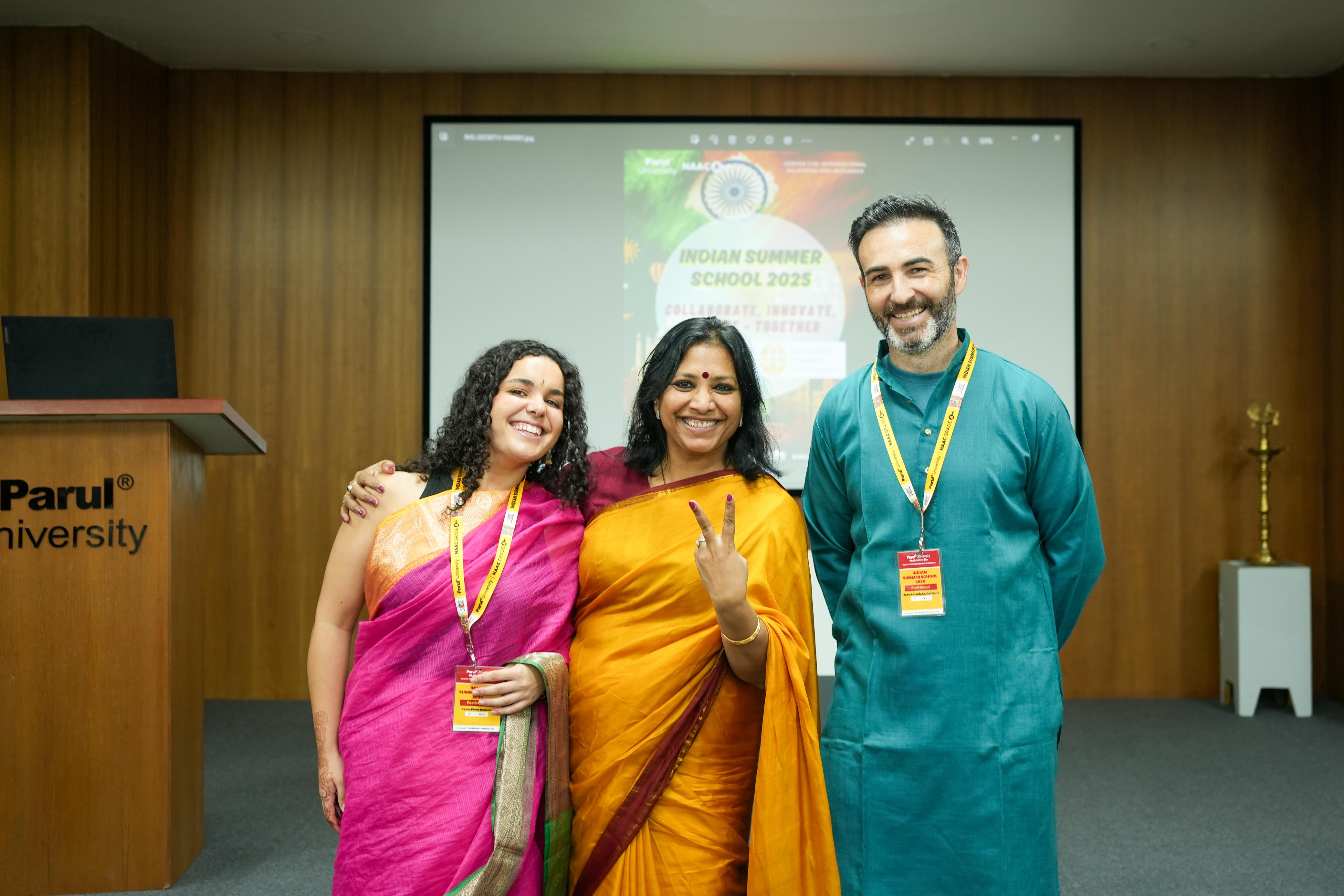
.jpg)
